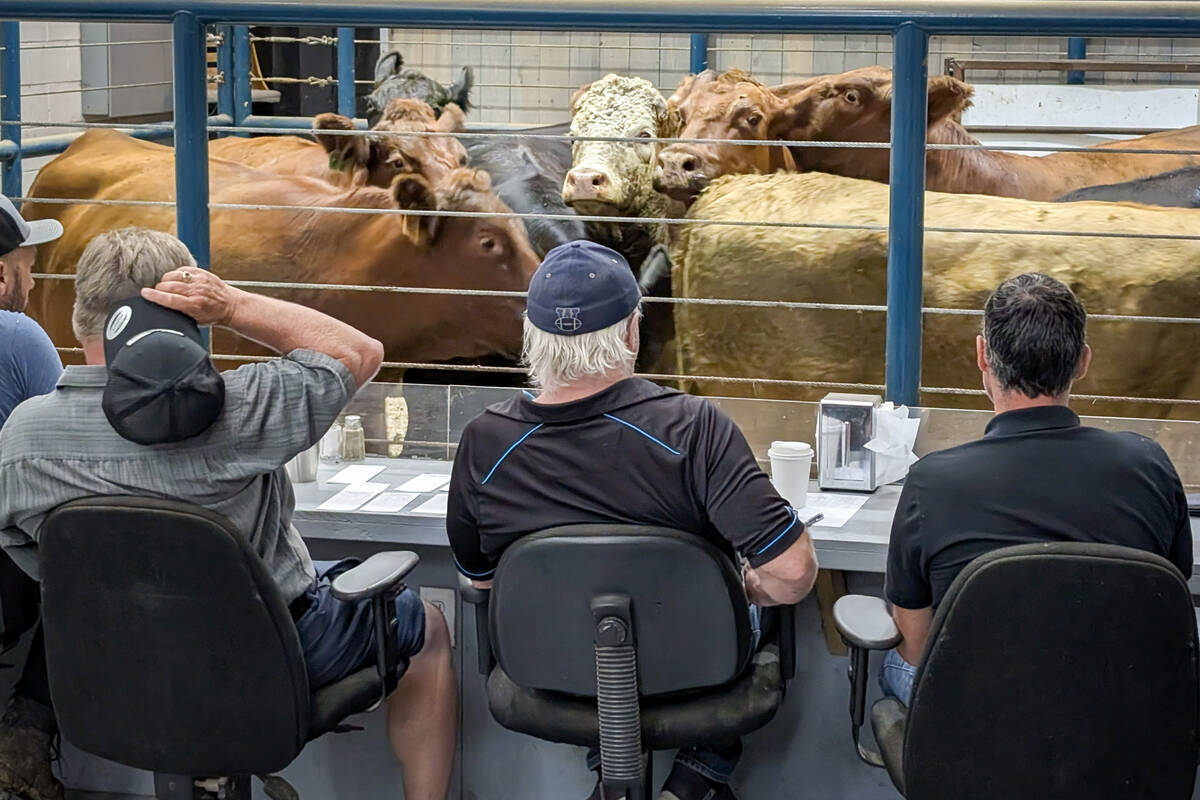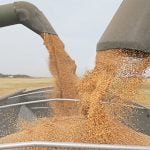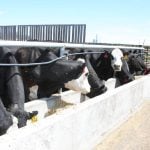Updated March 26, 2024
The United States Department of Agriculture (USDA) has identified Influenza A as the wild waterfowl-borne disease creating milk production problems in Texas, Kansas and New Mexico dairy herds.
The disease was previously identified as Texas Agalactiae Syndrome. However, genetic sequencing revealed the “mystery illness” as a strain of Highly Pathonogenic Avian Influenza (HPAI) virus that’s existed in the U.S. for two years.
According to AgWeb.com, the USDA says affected dairy cows do not appear to be transmitting the virus to other cattle within the same herd.
Read Also

Klassen: Weaker fed market weighs on feeder cattle prices
For the week ending November 8, Western Canadian feeder cattle markets traded $10-$20/cwt below values from seven days earlier. Some…
HPAI has been known to transmit to humans, but those cases are rare. The U.S. National Veterinary Services Laboratories says it has not found changes to the virus that would make it more transmissible to humans, adding “The current risk to the public remains low.”
Before avian influenza was identified, Canadian dairy organizations had urged producers to limit animal movement.
Clinical signs of infection include:
- Decreased herd level milk production
- Acute sudden drop in production with some severely impacted cows experiencing thicker, concentrated, colostrum-like milk
- Decreased feed consumption with a simultaneous drop in rumen motility
- Abnormal tacky or loose feces and some fever
The Texas Animal Health Commission says symptoms of the disease last between 10 and 14 days. The exact cause of the illness is undiagnosed and still unknown.
Affected producers have reported older cows in mid-lactation may be more likely to be severely impacted than younger cows and fresh cows or heifers.
The United States Department of Agriculture’s Animal and Plant Health Inspection Service (APHIS) says there is no indication this is a foreign animal disease.
Producers are being asked to be diligent in their farm level biosecurity, especially with individuals that have recently been in the U.S. The Canadian Food Inspection Agency (CFIA) has also asked for heightened border controls around people who have been on farms in the U.S.
If animals are brought from the U.S., they should be quarantined on-farm and monitored very carefully for any illness symptoms, especially those listed above.
Producers are also asked to report any potential symptoms to their local veterinarians.
Dairy Farmers of Canada says it is working with CFIA to monitor the situation and will continue to update should there be further developments.
Highly pathogenic avian influenza is not a human health risk in properly cooked meat and pasteurized milk.
The HPAI virus has hit Canadian poultry operations in recent years. Millions of birds have been culled across the country.
Updated to include the new information about Avian Influenza causing this animal health concern.












